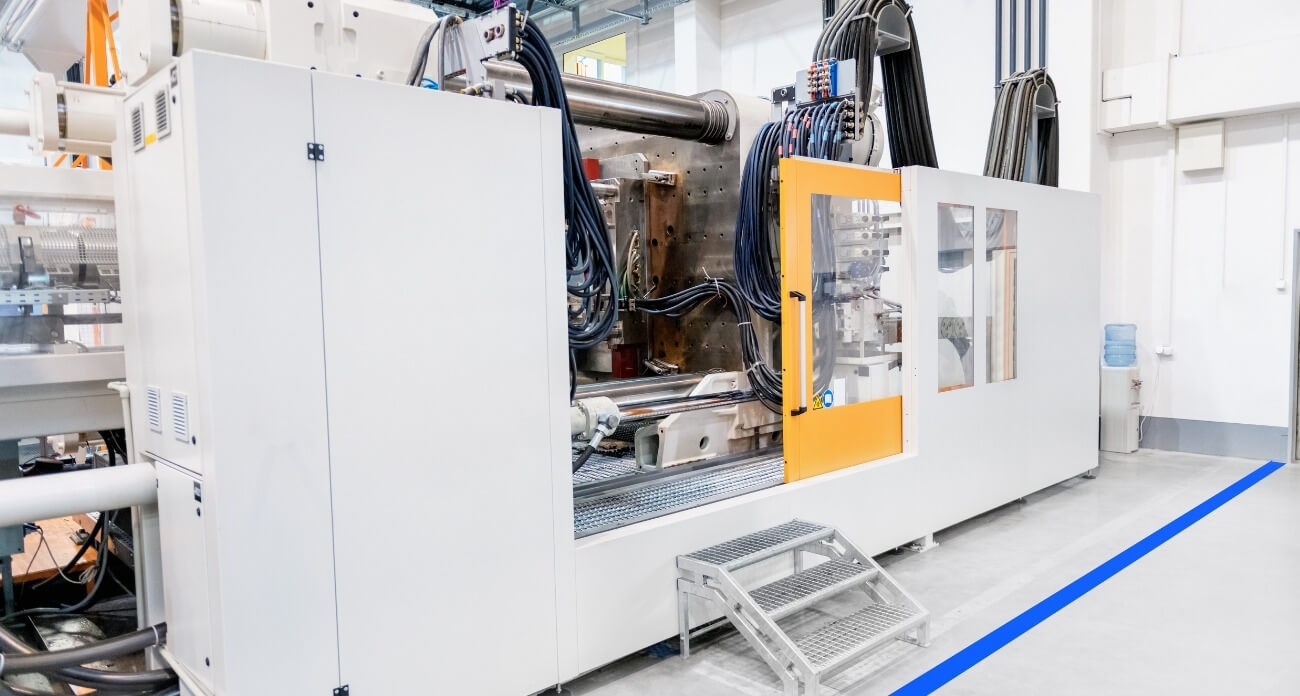
What is Plastic Injection Molding?
Plastic injection molding is a manufacturing method performed by melting plastic raw materials at high temperature and injecting them into a mold. In this process, which is a production technology, polymer granules are melted first. The liquid under pressure is injected into a mold where the plastic cools and solidifies. The materials used in the plastic injection molding process are thermoplastic polymers that can be filled or colored with different additives.
How ıs Plastıc Injectıon Moldıng Method Made?
This method is performed with plastic injection molding machines. The machine contains a piston and compression cylinders. The machines consist of heating equipment that helps to keep the molding materials sent to the cylinders at the desired temperature by turning them from solid to liquid. The surface texture and geometry of the part produced by plastic injection molding is transferred directly to the molded part by injection. Plastic materials are injected into the mold and the mold is fully filled. Then, at the second electrical voltage, it tries to escape backwards from the entry point. This may lead to undesired deformations and defects in the material. To prevent this situation, holding pressure is applied after the injection pressure. Plastic injection molding is widely used both in engineering applications and consumer products today. Almost every plastic product you see around is produced using this molding method. This is because it produces the same parts at a very high volume ratio at a very low cost.
What are the Advantages and Disadvantages of Plastic Injection Molding Method?
Plastic injection molding process is a method suitable for automation. Manufactured parts and products usually never require finishing. With this method, where material loss is very low, different raw materials can be produced in the same mold.
Advantages of Plastıc Injectıon Moldıng:
- Considered the most cost-effective technology for the production of identical or similar plastic parts in extremely high volume ratios.
- Almost any thermoplastic material can be molded with plastic injection.
- The injection molding cycle can take between 15 and 60 seconds, depending on the complexity of the molds and part size. For high productivity, a single mold accommodates multiple parts. In this case, it greatly increases the production capacity of the process.
- Injection molding processes can be repeated continuously.
- Most importantly, this molding process manufactures products without after treatment.
Dısadvantages of Plastıc Injectıon Moldıng:
- There are high initial costs.
- In injection molding, it is costly to change the design after a mold is produced.
- Delivery times can be long. Mold production, design changes and shipping times can affect this situation.
